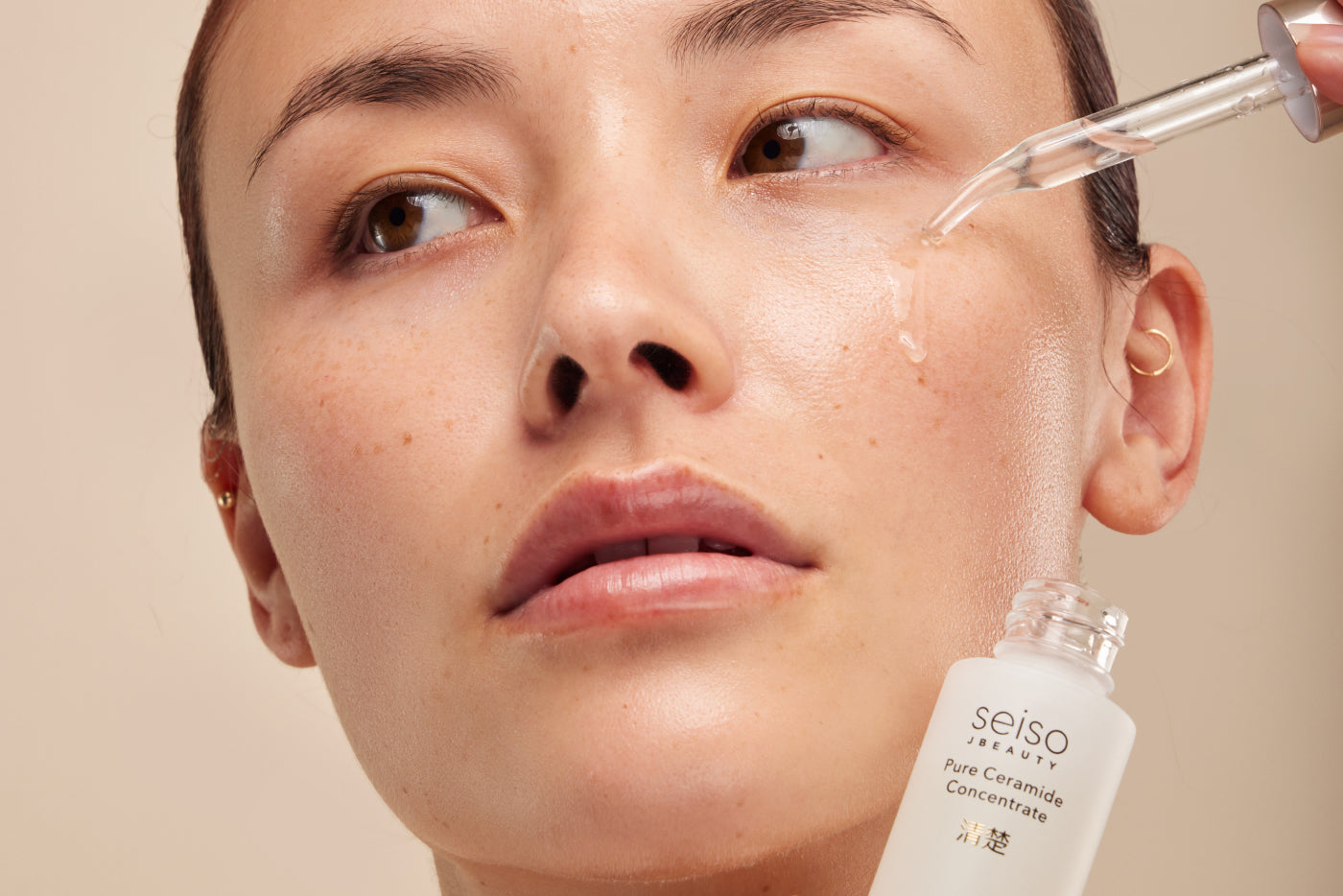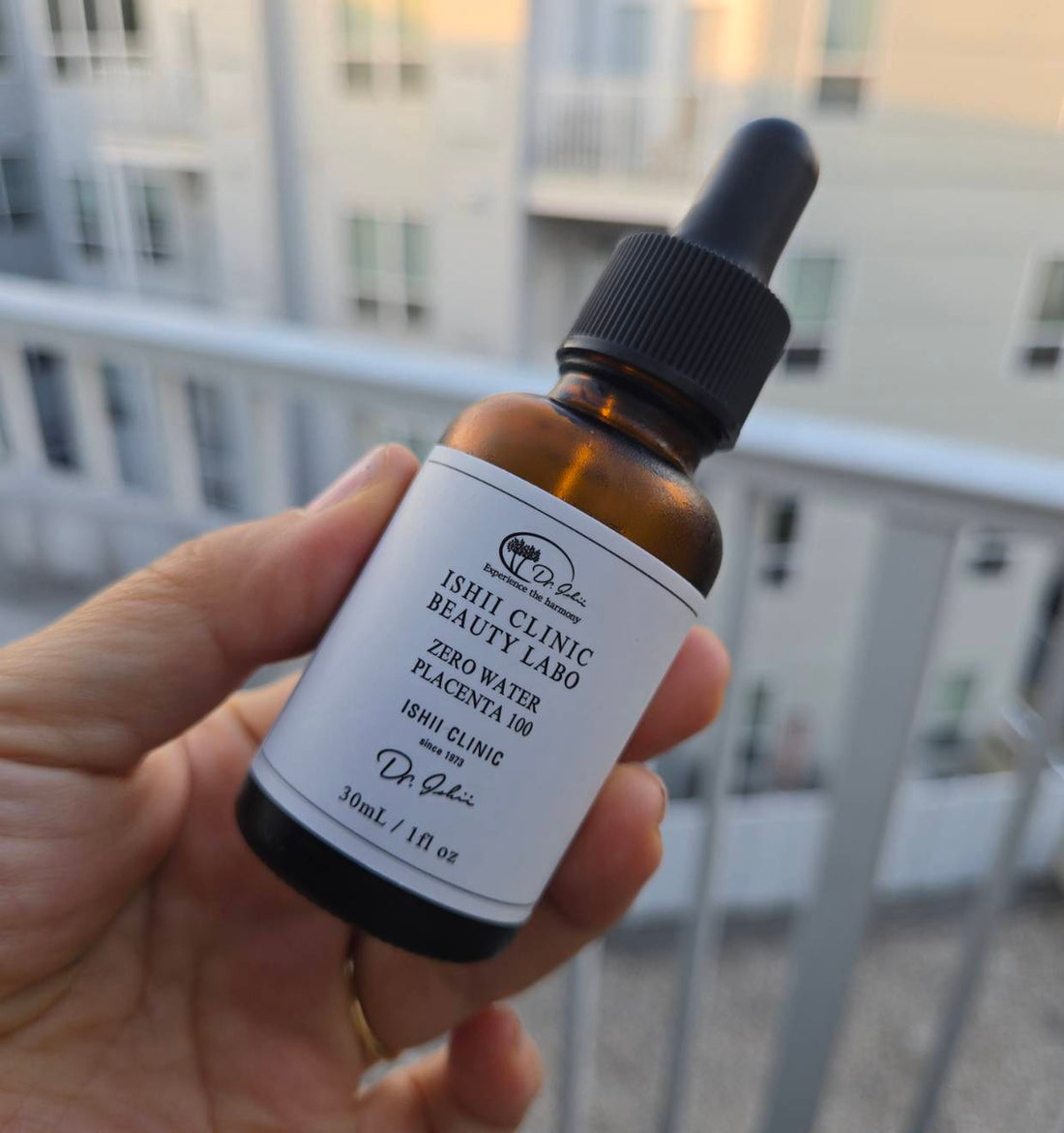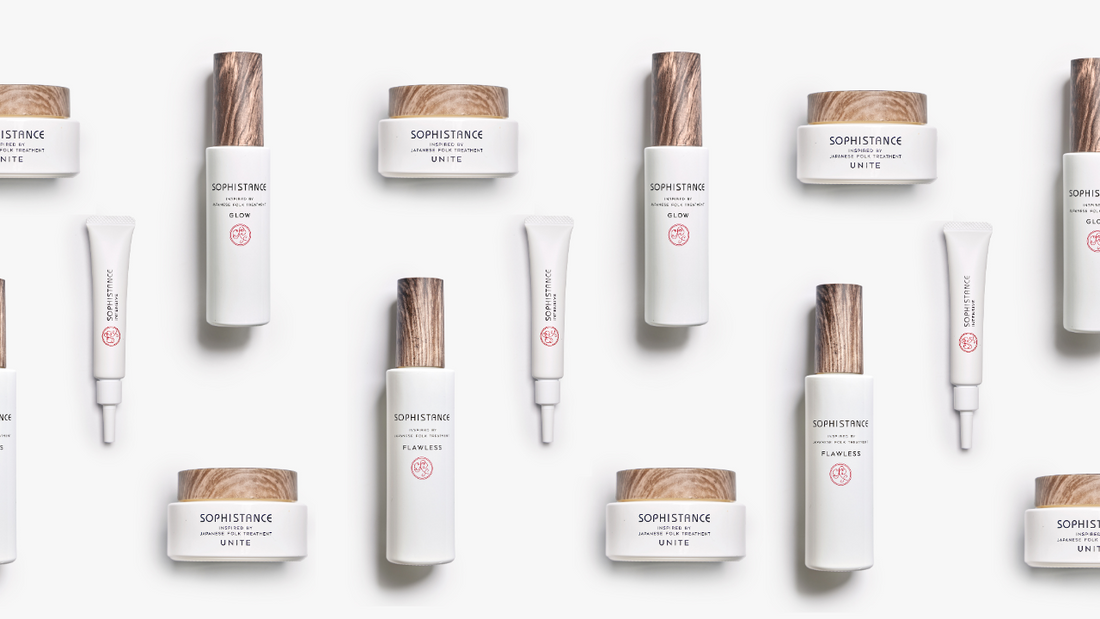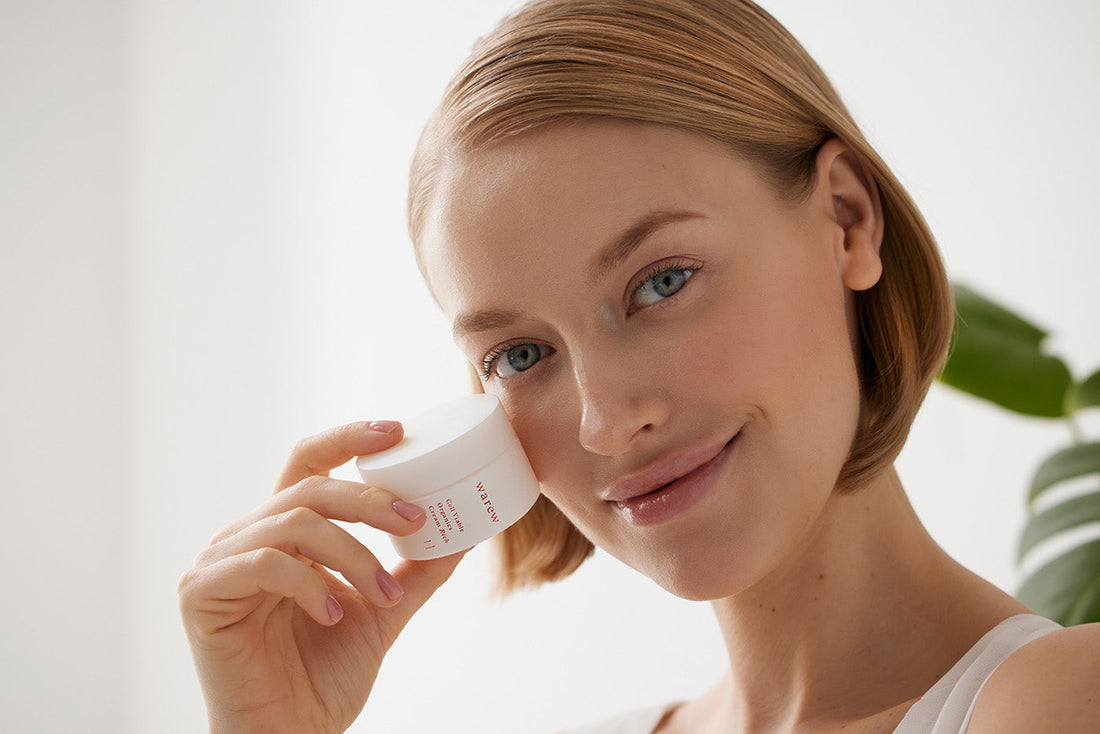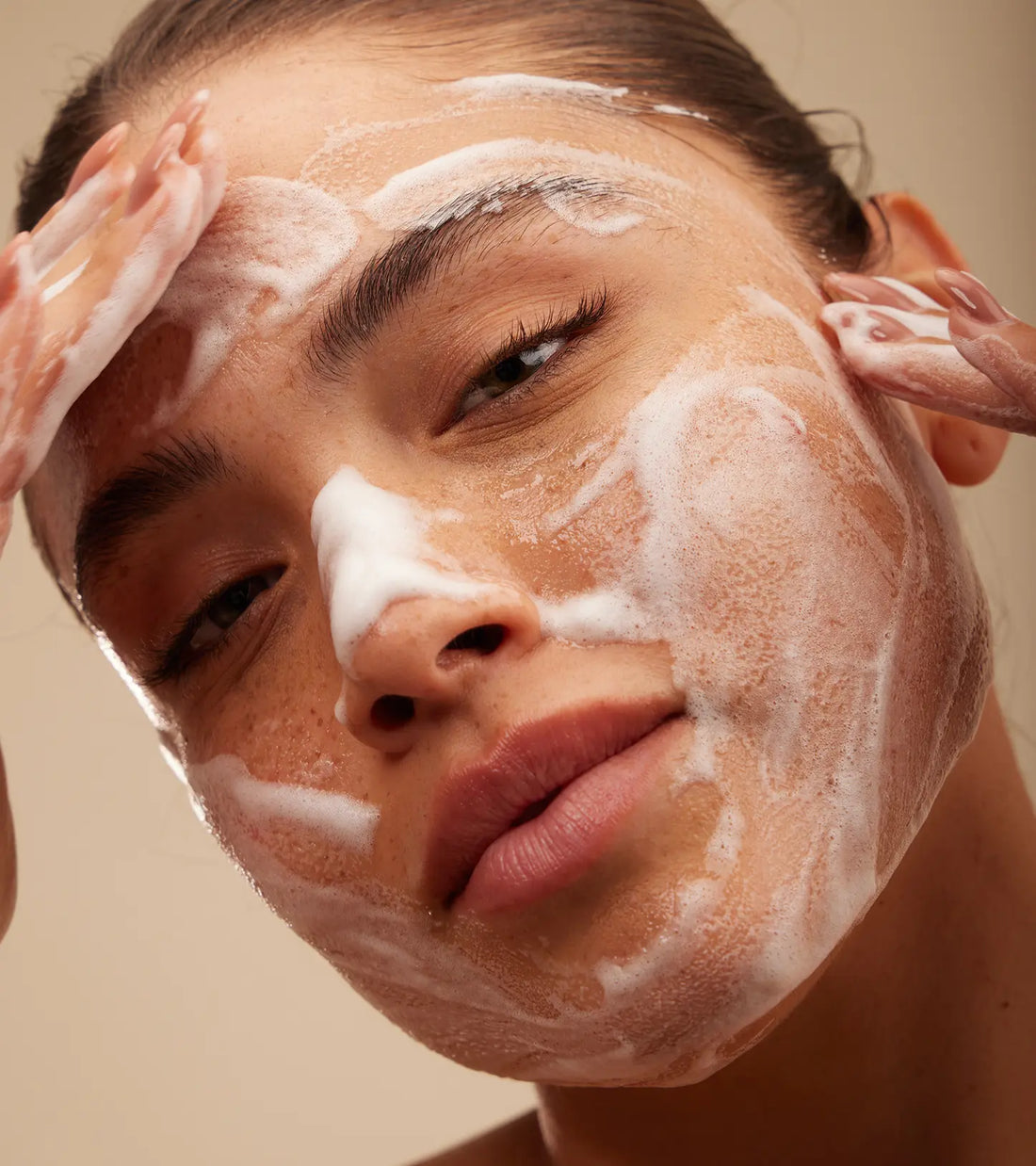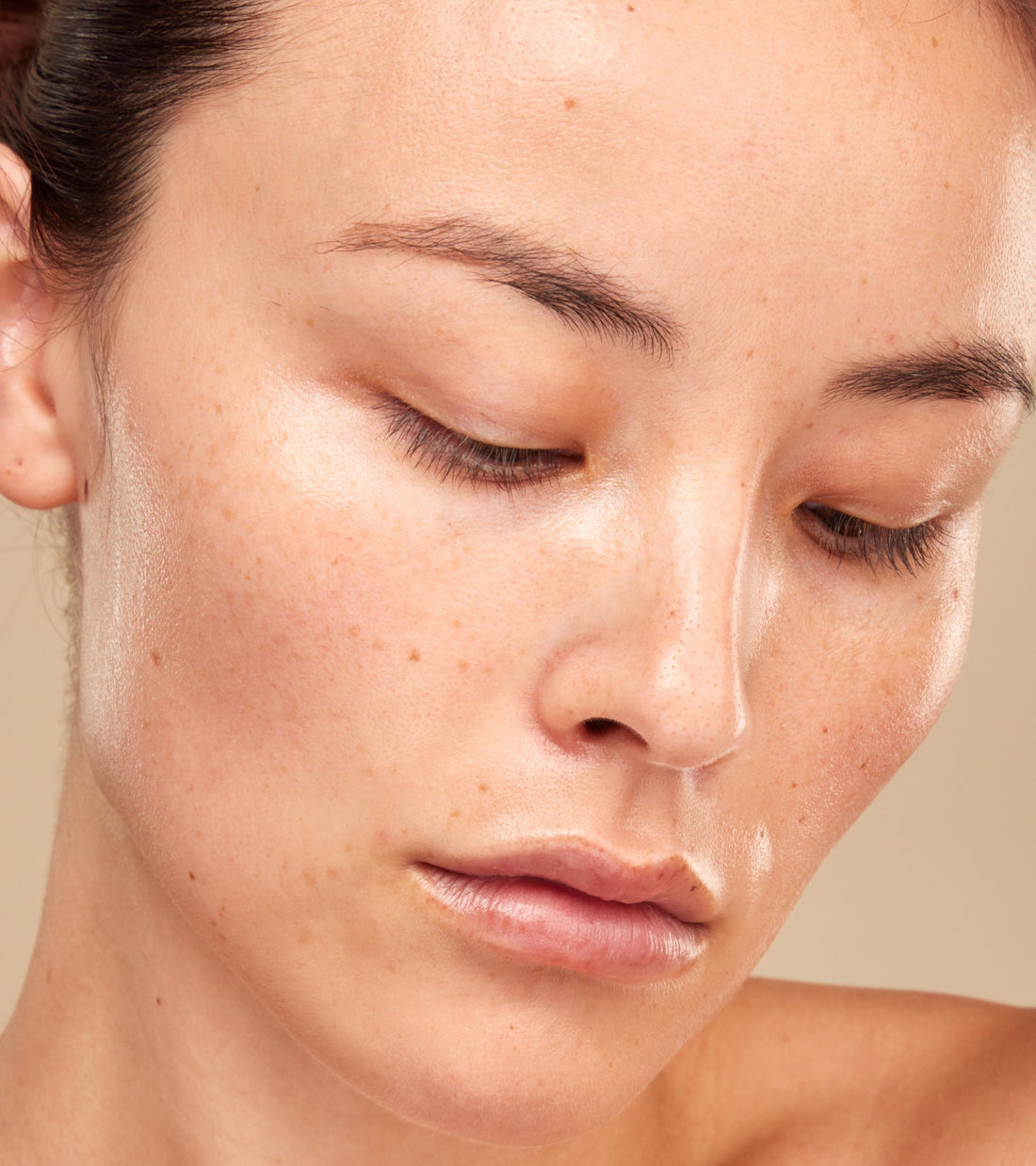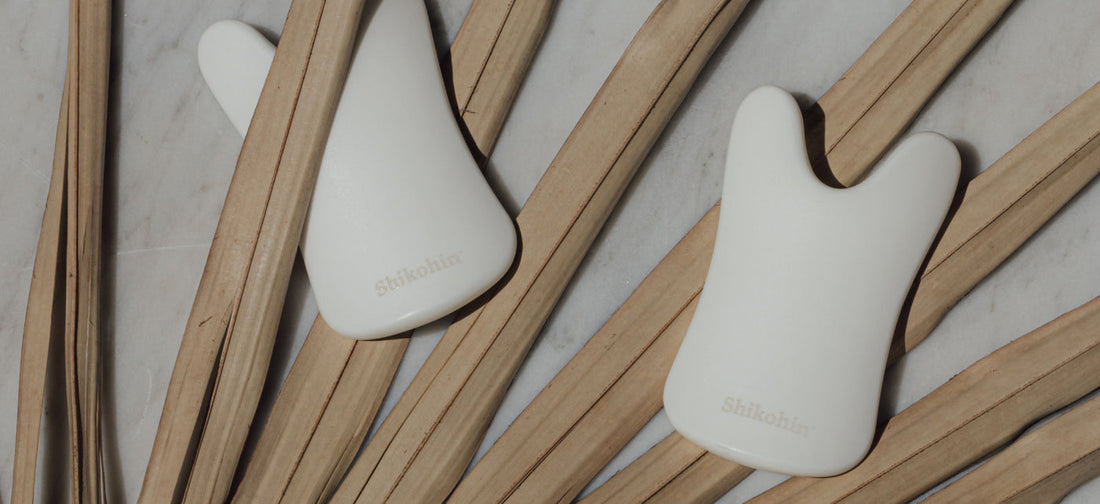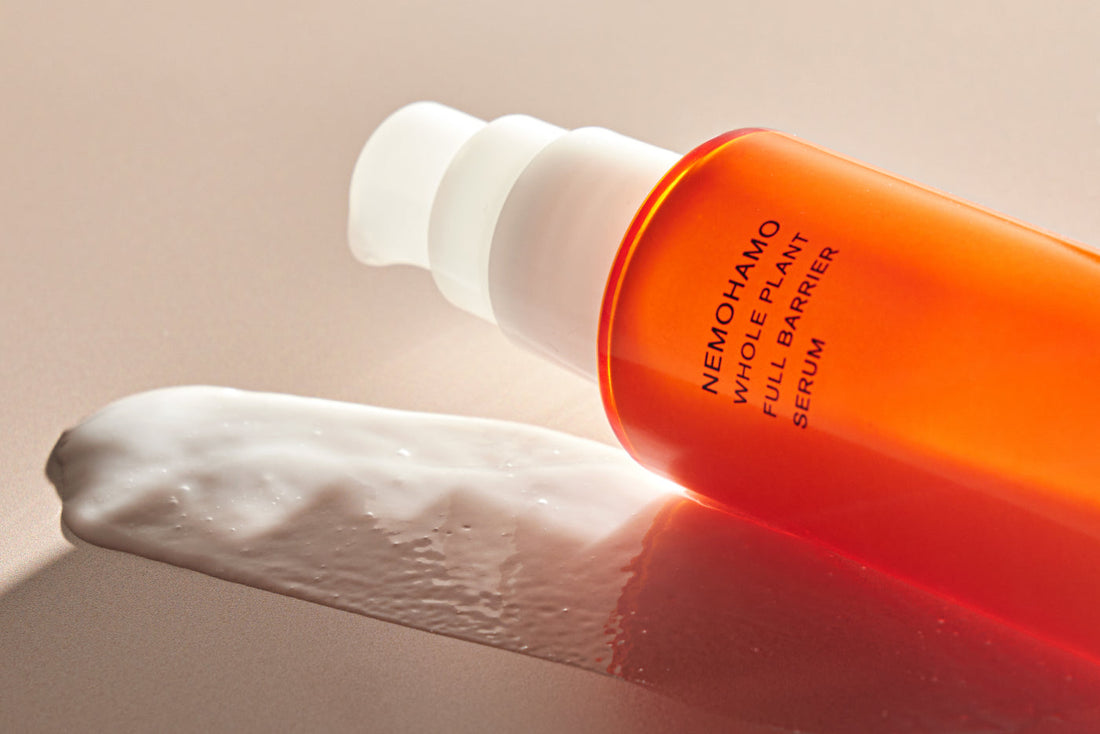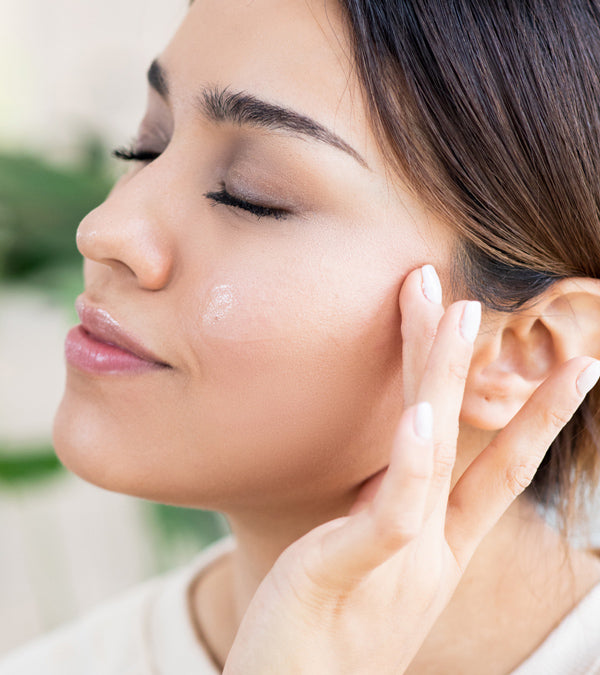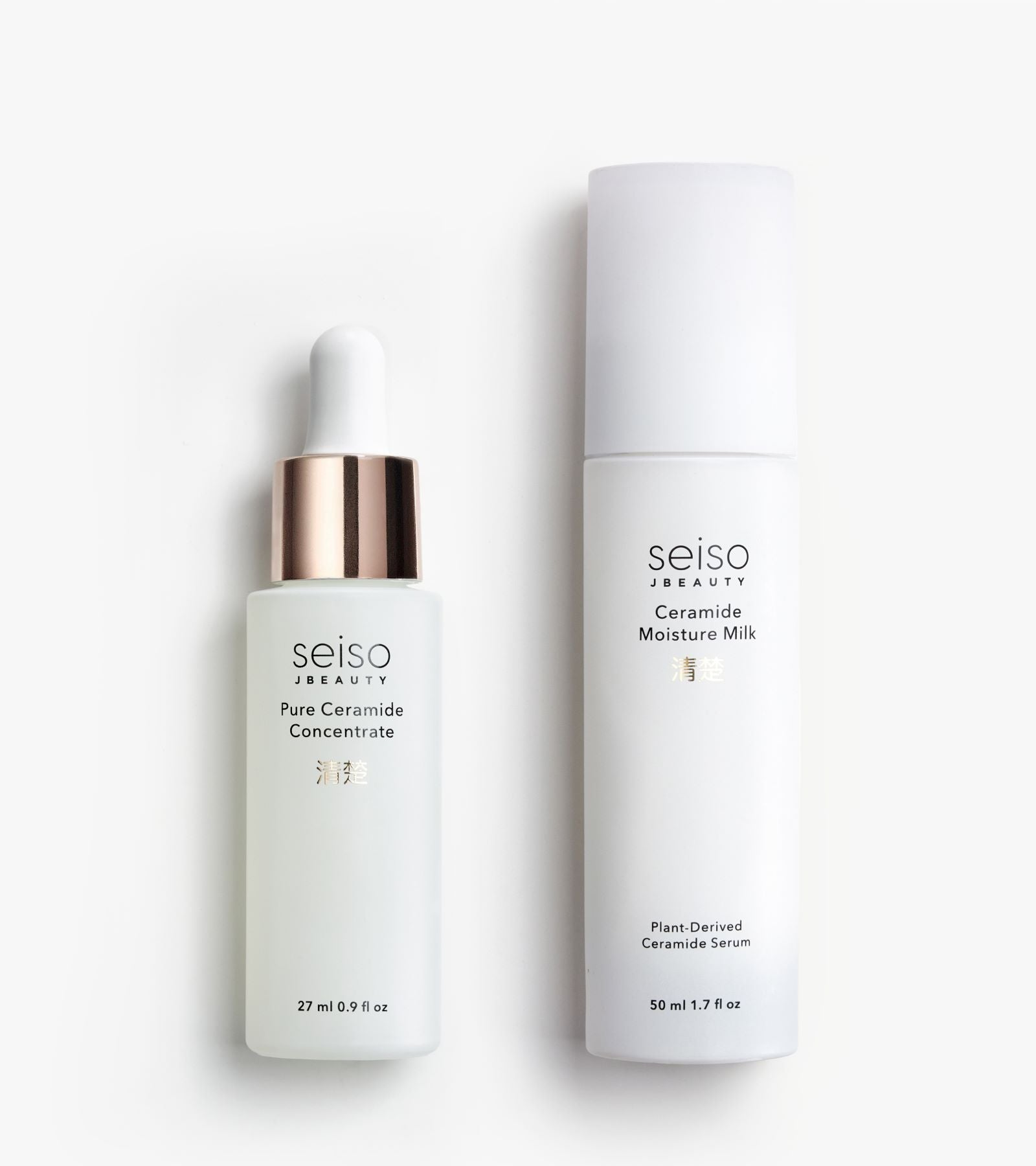Ceramides are lipid molecules composed of sphingosine and a fatty acid. They are naturally present in high concentrations within the epidermis's cell membranes and constitute about 50% of the skin's composition. Their primary function is to maintain the skin's barrier and retain moisture.
What Are Ceramides?
Structurally, ceramides have a long-chain or sphingoid base linked to a fatty acid. This unique structure allows them to form a protective layer that reduces moisture loss and protects against environmental damage.
A Brief History of Ceramides in Skincare
The significance of ceramides in skin care was recognized when researchers discovered their crucial role in maintaining skin barrier function. Since then, ceramides have become a fundamental ingredient in many skincare formulations.
Why Ceramides Are Essential for Healthy Skin
Ceramides are crucial for maintaining the skin's health because they:
-
Strengthen the skin barrier
-
Prevent transepidermal water loss (TEWL)
-
Protect against environmental damage
-
Help soothe sensitive and irritated skin
The Science Behind Ceramides
Ceramides are classified as essential lipids, playing a vital role in ensuring skin integrity. Their hydrophobic nature allows them to hold moisture in the skin while acting as a barrier against harmful external factors.
The Role of Ceramides in the Skin Barrier
The skin barrier, also known as the stratum corneum, relies on ceramides to keep its structure intact. A healthy barrier prevents harmful microbes and pollutants from entering the skin while retaining essential moisture.
How Ceramides Work to Lock in Moisture
Ceramides function by creating a "mortar" between the skin cells, which acts like glue to lock in hydration. Without sufficient ceramides, the skin can become dry, irritated, and prone to damage.
The Different Types of Ceramides Found in Skincare
There are several types of ceramides used in skincare products, including:
-
Ceramide 1 (EOP): Supports skin barrier function
-
Ceramide 2 (NS): Helps in moisture retention
-
Ceramide 3 (NP): Reduces skin irritation
-
Ceramide 6-II (AP): Aids in exfoliation and skin renewal
-
Ceramide 9: Provides overall skin resilience
The Relationship Between Ceramides and Lipids in the Epidermis
Ceramides work alongside other lipids, such as cholesterol and free fatty acids, to maintain skin hydration and elasticity. The balance between these lipids is essential for healthy skin.
Where Do Ceramides Come From?
Ceramides can be derived from:
-
Animal sources: Found in bovine brain tissue and other animal fats
-
Plant sources: Phytoceramides extracted from wheat, rice, and soy
-
Synthetic sources: Lab-created ceramides that mimic natural ones
Natural vs. Synthetic Ceramides: Which Is Better?
While natural ceramides are derived from plants or animals, synthetic ceramides are engineered to be identical in function. Both types can be effective in skincare, but synthetic ceramides tend to be more stable and bioavailable.
How Ceramides Are Derived for Skincare Products
Different processes are used to extract and synthesize ceramides, including:
-
Fermentation: Used to derive Seiso ceramide from koji fermentation
-
Hydrolysis: A method for extracting phytoceramides from grains
-
Synthetic Engineering: Creating ceramides in a lab to ensure consistency
The Role of Plant-Based Ceramides (Phytoceramides)
Phytoceramides, derived from plants such as rice, wheat, and sweet potatoes, support skin hydration and barrier function. They are often included in vegan skincare formulations.
Ceramide-Rich Foods That Support Skin Health
Consuming ceramide-rich foods can help improve skin hydration and function. Some of these foods include:
-
Brown rice
-
Sweet potatoes
-
Soybeans
-
Wheat germ
-
Dairy products
Benefits of Ceramides for Skincare
Ceramides are essential in keeping skin healthy, hydrated, and resilient. By reinforcing the skin’s natural protective barrier, they help combat dryness, irritation, and signs of aging. Whether used in moisturizers, serums, or cleansers, ceramides are indispensable to an effective skincare routine.
Strengthening the Skin Barrier and Preventing Moisture Loss
Ceramides reinforce the skin barrier, reducing the chances of moisture loss and improving overall hydration.
Soothing and Repairing Dry, Irritated Skin
Because ceramides support the skin barrier, they can help calm inflammation and repair damaged skin.
Anti-Aging Properties: How Ceramides Reduce Fine Lines & Wrinkles
Aging leads to a natural decline in ceramide levels, causing dryness and wrinkles. Replenishing ceramides can improve skin elasticity and smoothness.
Protection Against Environmental Damage
Ceramides protect the skin against pollution, UV rays, and other environmental stressors that can weaken the barrier.
Ceramides for Acne-Prone Skin: Can They Help Balance Oil Production?
By restoring the skin barrier, ceramides help maintain balanced sebum production, reducing acne flare-ups.
How Ceramides Are Used in Skincare Products
Ceramides are a key ingredient in various skincare formulations designed to restore and maintain a healthy skin barrier. From moisturizers to cleansers and serums, ceramides keep skin hydrated and resilient while complementing other active ingredients in skincare routines.
Ceramide-Enriched Moisturizers: Best for Dry & Sensitive Skin
These moisturizers help restore hydration and prevent skin from becoming dry and irritated.
Ceramide Cleansers: Gentle Yet Effective Hydration
Ceramide-based cleansers cleanse the skin without stripping away essential moisture.
Anti-Aging Serums Containing Ceramides
Serums infused with ceramides provide deep hydration and help reduce the appearance of fine lines.
Ceramide-Infused Face Masks & Overnight Treatments
These treatments offer intense hydration and barrier repair while you sleep.
How Ceramides Are Combined with Other Skincare Ingredients
Ceramides are often paired with ingredients like:
-
Hyaluronic acid: To boost hydration
-
Niacinamide: To support skin barrier function
-
Peptides: To enhance anti-aging effects
Potential Side Effects and Considerations
While ceramides are generally well-tolerated, it’s essential to consider how different formulations may interact with your specific skin type. Some products may include additional ingredients that could cause sensitivity, so patch testing is always recommended.
Are Ceramides Safe for All Skin Types?
Yes, ceramides are generally safe for all skin types, including sensitive and acne-prone skin.
How Often Should You Use Ceramide Products?
Ceramide products can be used daily, depending on individual skin needs.
Can Ceramides Cause Breakouts or Irritation?
Ceramides are non-comedogenic, meaning they do not clog pores. However, some formulations may include additional ingredients that could irritate sensitive skin.


